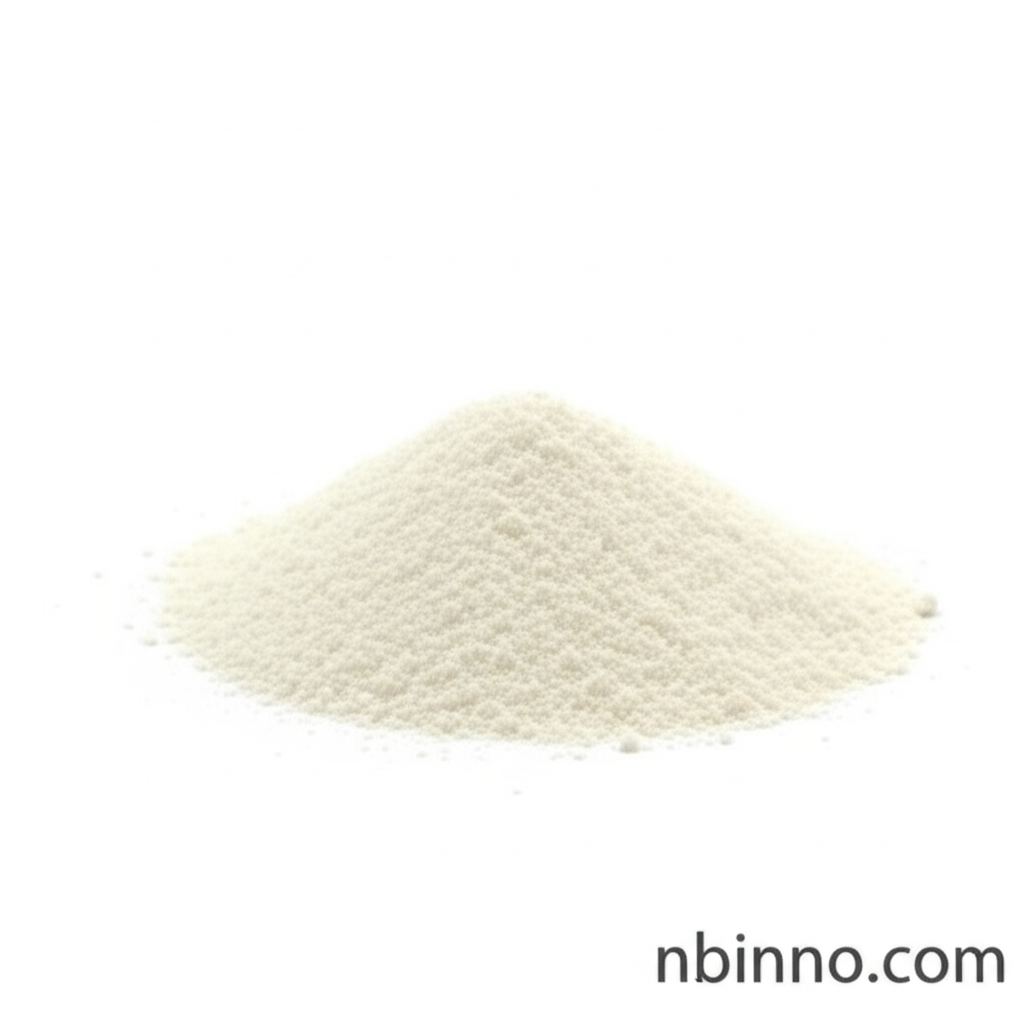Sodium Phenylbutyrate (4-PBA): A Comprehensive Overview
Exploring the synthesis and pharmaceutical applications of a vital chemical intermediate.
Get a Quote & SampleProduct Core Value

Sodium Phenylbutyrate
Sodium Phenylbutyrate, also known as 4-PBA, is a critical compound with the CAS number 1716-12-7. It serves as a valuable synthesis material intermediate and a pharmaceutical raw intermediate, making it indispensable in various chemical and medical research fields.
- Explore the utility of 4-PBA as a key component in pharmaceutical synthesis processes.
- Understand the applications of sodium 4-phenylbutyrate for research purposes in various biological studies.
- Learn about the role of sodium phenylbutyrate as a histone deacetylase inhibitor, crucial in cancer research and disease treatment.
- Discover the benefits of using sodium phenylbutyrate for research in protein misfolding diseases.
Key Advantages
High Purity & Quality
Benefit from the consistent quality of Sodium Phenylbutyrate, with a minimum purity of 97%, ensuring reliable results in your synthesis and research endeavors.
Versatile Intermediate
Leverage Sodium Phenylbutyrate's role as a versatile intermediate in the synthesis of complex organic molecules and pharmaceutical compounds.
Therapeutic Potential
Investigate the therapeutic potential of Sodium Phenylbutyrate, particularly its function as a histone deacetylase inhibitor, which is vital in developing treatments for conditions like cancer.
Key Applications
Pharmaceutical Synthesis
As a crucial pharmaceutical raw intermediate, Sodium Phenylbutyrate is widely used in the synthesis of various active pharmaceutical ingredients (APIs).
Biomedical Research
The compound finds extensive use in biomedical research, especially in studies related to cancer, protein misfolding diseases, and as a synthesis material intermediate.
Chemical Synthesis
Sodium Phenylbutyrate serves as a valuable building block for organic chemists, facilitating the creation of novel chemical structures.
Histone Deacetylase Inhibition
Its ability to inhibit histone deacetylases makes it a key compound for researchers exploring epigenetic modifications and their role in disease.
